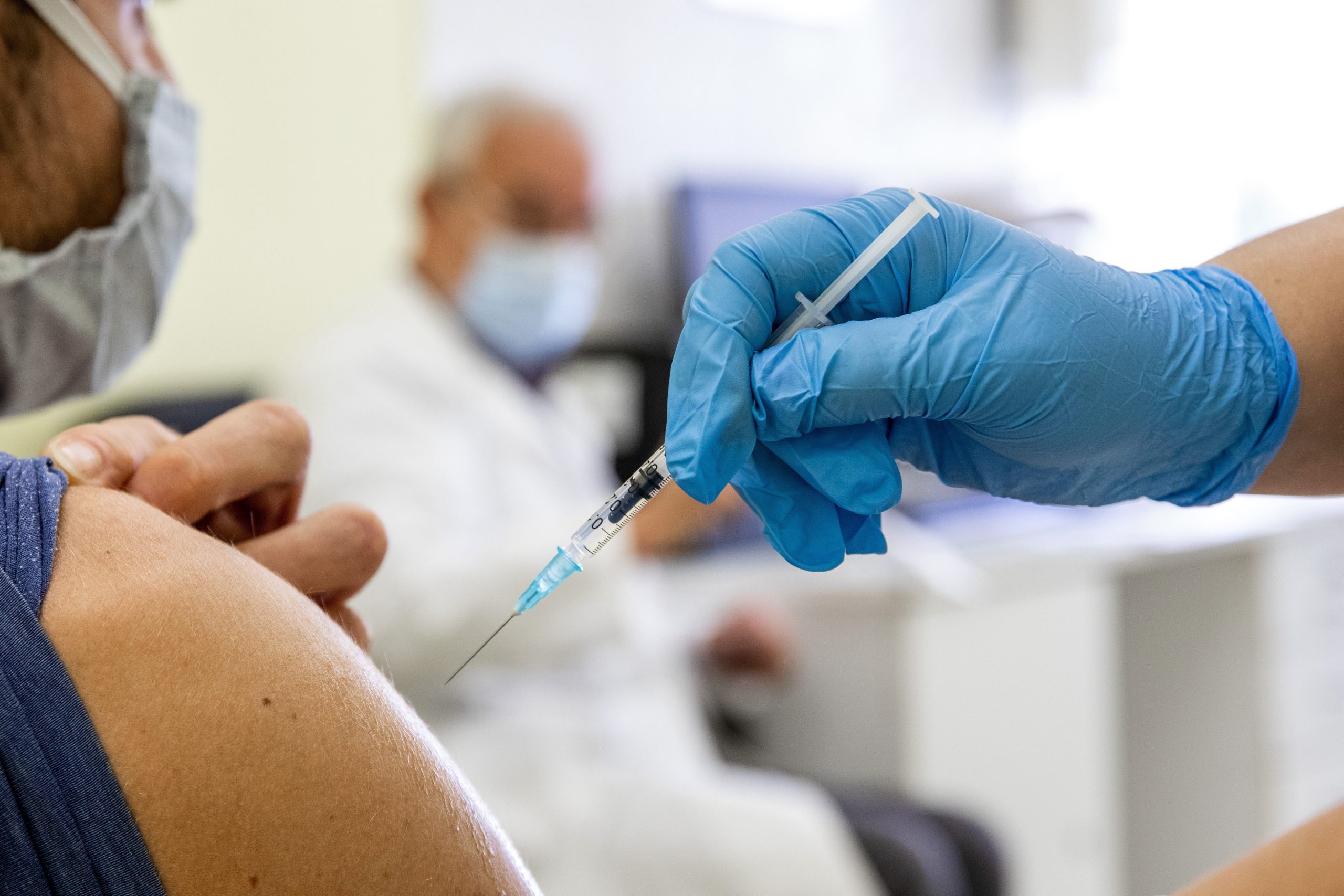
Those unvaccinated have twice the risk of being infected, and five times the risk of dying from Covid-19, epidemiologist Beatrix Oroszi said.Continue reading

The Hungarian Medical Chamber shared a graph depicting the ratio of vaccinated to unvaccinated individuals out of 125 patients in Hungary’s intensive care units. The chamber also broke down the number of people that are intubated, receiving non-invasive ventilation, or receiving oxygen through masks. The data, which summed up the total number of patients in multiple intensive care units on one given day, makes it quite obvious that vaccinated people are far more likely to avoid intensive care.
The information the Hungarian Medical Chamber has shared is not representative of the entire Hungarian population, but, using samples from multiple different intensive care units, it shows the clear benefits of vaccination. In a country with 60 percent of its population fully vaccinated, only 38 individuals out of 125 intensive care patients were found to be vaccinated.
There were 87 unvaccinated patients recorded, making up more than two-thirds of the 125 total. The Chamber notes that while most vaccinated patients are between the ages of 70 and 90, there were multiple unvaccinated patients in their 30s.
Among the vaccinated patients, 31 were vaccinated more than four months ago, seven were vaccinated within the last two months, among whom two have had their third jab. 15 were vaccinated with Sinopharm, seven with Astrazeneca, five with Pfizer, five with Janssen, four with Sputnik V, one with Moderna, and one with a single Pfizer jab more than four months ago.
The Medical Chamber notes that there are 70 intubated patients under anesthesia on ventilators, 35 patients on non-invasive ventilators, and 20 patients receiving oxygen through masks. The Chamber notes that the study found a significant difference between the number of vaccinated versus unvaccinated and intubated versus non-intubated patients.
This calls attention to the fact that the ban on sharing professional experience is an obstacle in the way of providing patients with the best possible treatment in a uniform manner.”
Telex notes that there is no reason for the government not to provide as much information as possible on vaccination and non-vaccination in hospitals. German, Israeli, American, and Romanian sources all indicate favorable statistics for vaccinated people.
Biostatistician Tamás Ferenci of Óbuda University said back in November that “honest communication, transparent sharing of data and decision-making, and treating people like partners make up one of the foundations of effective pandemic defense. Ferenci made a very long list of information he believes should be shared, among them virus monitoring, detailed information on specific vaccines, and the numbers on vaccinated and unvaccinated patients in hospitals.
Ferenci has previously described the lack of transparency as “downright life-threatening.” The government has shared numbers on vaccinated people among those infected between August and the end of October, but this data was incomplete. “The numbers will only be usable,” Ferenci says, “if they are presented with the right background information.”
Regardless of the minimal official data the Orbán government provides, health professionals, healthcare workers, and international statistics state and show that the number of vaccinated people in ICUs is lower than unvaccinated people. Unfortunately, there are still vaccinated people who may suffer severe cases of Covid and pass away, but those who are vaccinated have a statistically greater chance of overcoming the virus.
Featured photo illustration by Tibor Rosta/MTI